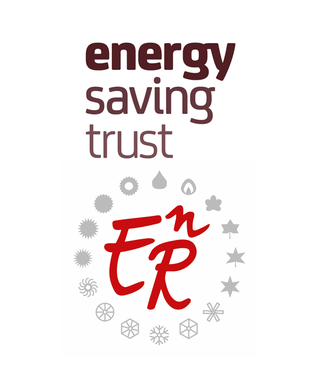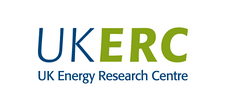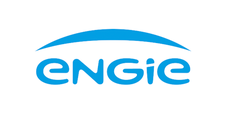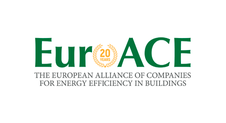Search eceee proceedings
Non-energy benefits in energy audit and energy efficiency network policy programs for industrial SMEs
Panel: 2. What's next in energy policy?
This is a peer-reviewed paper.
Authors:
Ida Johansson, University of Gävle, Sweden
Patrik Thollander, University of Gävle, Sweden
Abstract
Improved energy efficiency is a key component towards sustainable and climate-neutral industrial energy systems. The potential for industrial energy efficiency varies between sectors and processes but is stated to be high. Implementation of energy efficiency measures and activities could also result in benefits in addition to energy cost savings, benefits that are more difficult to quantify in economic terms.
Research shows that additional gains from investments are underestimated as non-energy benefits (NEBs) are often neglected when the financial attractiveness of energy efficiency investments are evaluated. In the literature, great attention has been given to realise industrial energy efficiency potential through industrial energy policies and programs, in order to promote investments and implementation of new, more efficient technologies and processes. The most internationally common industrial energy policies for industrial SMEs are energy audit programs, but energy efficiency networks have also received increased attention from policymakers.
However, there is a scarcity of studies exploring NEBs in relation to industrial SME energy audits and energy efficiency network policy programs. The aim of this study was to identify and compare NEBs from two key energy efficiency policies: energy audit and energy efficiency network programs. Semi-structured interviews were conducted with executives at two groups of industrial companies: companies that participated in the regional Swedish energy efficiency network policy program, and participants from the national energy audit program, Swedish Energy Audit Program (SEAP).
Commonly mentioned NEBs were related to production, such as increased lifetime of equipment and more reliable production. However, while participants from the energy audit program related these NEBs mainly to technical installations, network participants also saw these types of NEBs from energy management practices. If NEBs were to be included in energy audit programs the benefit of the audits could be increased, but will then particularly affect the technical installations. NEBs in terms of network participation were shown to lead to an increase in the general benefits of the networks, and for network companies NEBs are also linked to measures related to operation and maintenance, i.e., energy management practices.
One difference between the two groups was that NEB improved the company’s environmental image. Two of the companies participating in the network policy program had presented their participation on their public webpage perceiving this as a very important benefit, while respondents from the energy audit program could not relate their company image to their energy audit.
One additional NEB that was found, not previously mentioned in the scientific literature on NEBs, was that among the network participants, establishing contacts with other companies in the region was considered of great importance, and further contacts that would not have been established outside of the network. Results even found new customer relationships as a result of the network. This finding is of a general nature, thus apart from the other commonly known NEBs, an additional NEB that primarily relates to participation in energy efficiency networks that this study found is establishing new relationships with other companies in the region.
Downloads
Download this paper as pdf: 2-036-19_Johansson.pdf
Download this presentation as pdf: 2-036-19_Johansson_Presentation.pdf
Panels of
1. The dynamics of limiting (energy) consumption
2. What's next in energy policy?
4. Monitoring and evaluation for greater impact
5. Smart and sustainable communities
7. Make buildings policies great again
8. Buildings: technologies and systems beyond energy efficiency
9. Improving energy efficiency in ICT, appliances and products

























